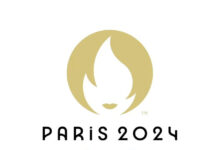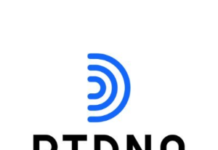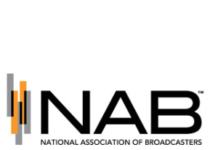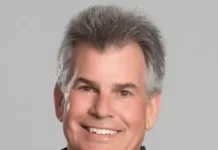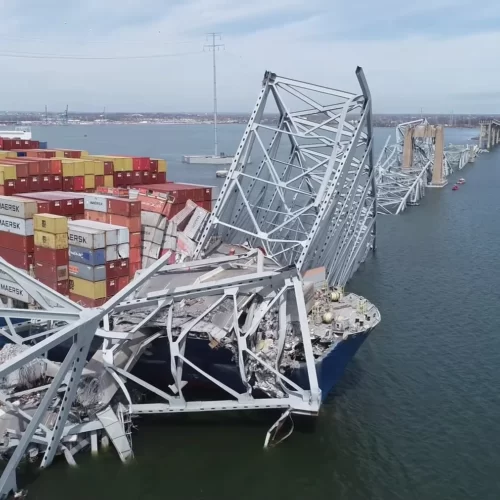
When the Francis Scott Key Bridge collapsed in Baltimore early Tuesday morning, radio was there in the first hours to respond and serve its community. Radio Ink talked with Mix 106.5’s Kramer & Jess about their fast and powerful response to the tragedy; now we sit down with Craig Swagler, General Manager of Baltimore’s NPR affiliate WYPR 88.1, about local news radio’s importance in a crisis.
A seasoned news radio veteran, Swagler spent a decade as Vice President and General Manager for CBS News Radio in New York before becoming President and General Manager of Your Public Radio, owner of WYPR and independent music station WTMD 89.7 in August 2023.
Radio Ink: For an event of this magnitude, there’s going to be national coverage, but that’s different than local coverage. What role does local radio play during a disaster like this?
Craig Swagler: Well, it’s the most critical role. We’re on the ground and involved in the understanding of the community. We are community-focused in everything we do, from our programming on the air to our events and engagement. As public radio, WYPR’s mission is driven solely around issues that deal with diversity, equity, inclusion, and belonging, as it relates to a very important city, Baltimore.
When a tragedy like this hits any city, the actions of community stations, both commercial and public are absolutely critical. We are supplying much-needed information to the community with familiar and recognized voices – trusted individuals.
It’s a national story as well. And in that same way, we’re providing much of the reporting to our NPR network and many of our other partners, including the BBC in London. But we bring our unique understanding of how this community works to that. Our reporters are so invested in the different facets of storytelling and how this impacts Baltimore and the Baltimore region.
And after the initial tragedy, not to downplay the loss of life at all, there’s also the, in this particular story, economic and political impact. What does it mean for the region overall? We’re in this for the long haul. The national story will happen, but a lot of this moves on for them. But we live here. This is a story that’s going be important to the people who live here for years to come and it will be a story that we’ll continue to cover.
Radio Ink: How will that coverage continue? How can news stations continue to serve their communities in that aftermath?
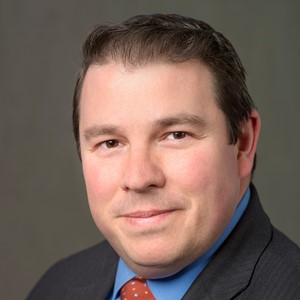
Craig Swagler: Like with any story, there’s going to be a lot of follow-up. There are so many different facets of the economic ecosystem here that have been touched – from the dock workers to the small businesses that provide lunches and food service and coffee to everyone who works in that environment. It’s far-reaching in many ways and we’ll be digging into all those different pieces of how it reverberates across the community and how it impacts people’s lives.
Radio Ink: As a manager, when an event like this happens, what’s your first priority?
Craig Swagler: Our first priority in any breaking news story is to get on the air and to inform our community about what we know and what’s going on. Factual, accurate information must flow throughout the day. And that’s exactly what we did.
From the early hours of the morning, we were updating our listeners, our commuters, anybody in the city who was tuned in to WYPR about the critical nature of what was happening and took many of the news conferences, almost you should say all the news conferences, live. We had a multitude of reporters throughout the day including Jim Howard, who was on the scene in the wee hours of the morning, Wambui Kamau, and many, many others that were covering different aspects of the recovery, the search operation, everything in the initial hours that were, of course, most focused on human life and rescue.
Radio Ink: You talk about varying factual information. A recent study found that radio is the most trusted mass medium for news right now. In a situation like this, you know, sometimes the details, the information coming from a lot of different sources, some reputable, some questionable. How do you fight misinformation?
Craig Swagler: In a large situation when you’re doing a lot of live content, you lose the filter of the editor, the fact check piece. So it’s even more critical to know that sometimes it’s okay to say we don’t have all the information, but this is what we know right now.
We’re not the experts. Our role is to report what we do know or what the experts have told us, and not to feel the pressure to overreach beyond that point. And that’s critical. There are times when we can describe what we see as observers, but we must remember to put that in context. One person’s perspective and observation is not always the entire picture.
We have a town filled with well-known educational institutions that have a plethora of experts who can lend knowledge from their areas of expertise. From economists to engineers, we can look at what is known and stay away from speculation.
Radio Ink: We talked with the morning show at Mix 106.5 yesterday. They did an excellent job of providing an outlet for the emotions that came out of the collapse for the community. For a news station, people are mainly coming to you for hard information, but obviously, the emotions are still there. When providing coverage, how do you walk that line?
Craig Swagler: We’re all humans at the end of the day – reporters and audience. Anytime you have a loss of life, it is a sad moment. It is a moment that is filled with loss and it’s okay to recognize that. And we have done that and we’ll continue to do that. It’s okay to let individuals express that. We do that in a bunch of different ways.
We have our midday talk show with Tom Hall that’s on every day at noon. There’s a call-in component of that, so we hear from our listeners. We hear from our community about how they’re feeling and give a platform to that. We also have our reporters who went into the community and spoke to observers and impacted individuals. In doing so, we have the ability to put a lens on the perspective of the everyday individual who’s observing or experiencing what happened.
WTMD, our music station, was in the middle of a fund drive this week. We made the very conscious and intentional decision to suspend that drive out of respect for a tragedy that was going on in our city. It was not an appropriate time to be asking for money. We also took coverage from our news station and extended it to WTMD.
On days like Tuesday, our news coverage was just as relevant to the people who are listening to our AAA music station as it is to our news listeners, just in a different frequency and cadence. So we play in both of those worlds and understand the nuances between the listener’s needs.
Radio Ink: Radio is the core of what we do, but radio broadcasters have had to adapt to a multi-platform world – maybe no format quite as much as news. How do web content, social media, and beyond factor into modern radio news coverage?
Craig Swagler: Massively. It was a big play for us yesterday. We had an ongoing live text blog that we put on our website. We put the latest information that we were receiving from either press conferences or sources in a live stream of information to keep people up to date in addition to the broadcasts that we were doing.
We were also posting stories that our reporters were writing. We are in an editorial partnership with the Baltimore Banner, a nonprofit print/digital organization based here in Baltimore. Our journalism forces were combined in this story.
Radio Ink: How does that lead back to the over-the-air broadcast aspect of radio news?
Craig Swagler: It gives us more resources at the end of the day. Not everyone is going to catch us at every moment on the radio. Some people are going to visit us through our website.
I think one thing that we can feel really good about in radio as an overall medium is that we’re not facing the same audience challenges as other verticals. We have the ability to do these multi-platform components. It’s absolutely critical to hold that stake in the ground in these events so that people understand that they can turn to you as a trusted and dependent provider of community information, not just on the radio, but on all the other platforms that they can access. That broadens the appeal, the demographics, and the value set that you have.

